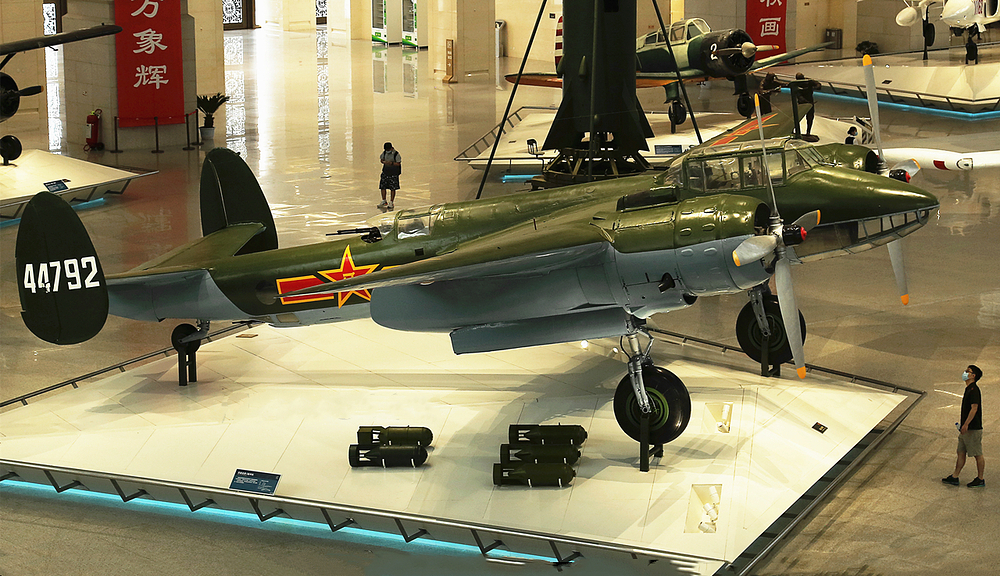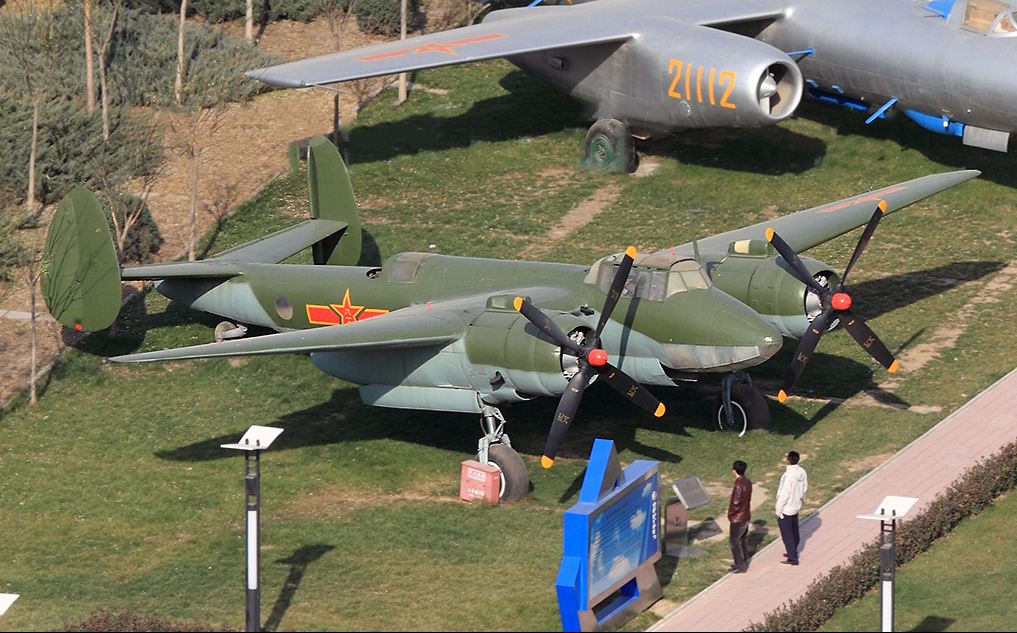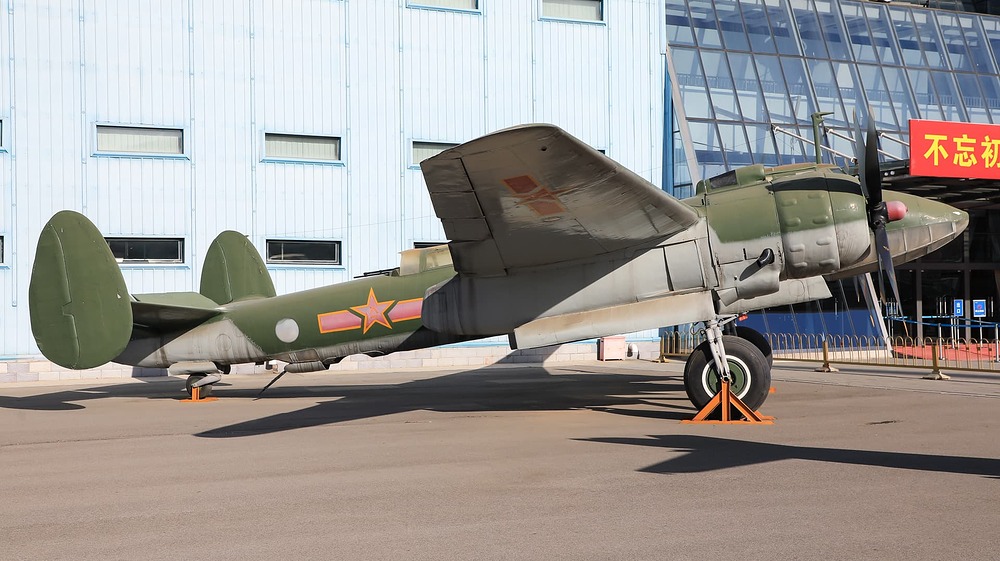- Yes
- No
Today, I’m presenting a Chinese-modified all-weather interceptor based on the Tu-2 bomber. This aircraft was equipped with the RP-5 radar from the MiG-17PF and primarily served for night interception missions. In Chinese service, it was designated as the Tu-2P /Tu-2PFinterceptor。

Note: This is not the aircraft equipped with the RP-5 radar, but a visually similar Tu-2 airframe.
After the Kuomintang retreated to Taiwan, they frequently dispatched aircraft to harass coastal areas of the mainland, even conducting reconnaissance missions deep into the interior. To gather intelligence inland, the Kuomintang Air Force initially used long-range aircraft such as the B-17G and RB-24, later upgrading to the advanced electronic intelligence aircraft P2V-7U。
Due to the lack of aircraft capable of night interception, the People’s Liberation Army often struggled to effectively intercept these intruders. Although the MiG-17PF had night-flying capability, its interception range was too short—sometimes fuel warnings would activate even before the target was detected. Given that the Tu-2 could cruise for up to 8 hours, a proposal was made to install the RP-5 radar from the MiG-17PF onto the Tu-2 bomber for interception missions.
The modification work began in June 1958 and was assigned to the 25th Bomber Division stationed at Lintong Airport in Shaanxi. Technicians removed the RP-5 radar from the MiG-17PF and installed it in the nose of the Tu-2. A radar display and firing controls were added to the rear seat of the front cockpit, along with an additional operating device. The RP-5 radar had a detection range of less than 10 km and could only scan a 60-degree azimuth forward.
Before detecting a target, the front-seat pilot controlled the aircraft,after spotting an enemy plane, the rear-seat pilot took over tracking and firing. The mid-cabin remained for the radio operator, while the tail gunner’s position was removed and replaced by a navigator with a small chart table. Additionally, the 20mm cannons were replaced with 23mm cannons, each with 200 rounds of ammunition.
The modified aircraft was designated the Tu-2PF . A total of three were converted, numbered 37, 38, and 39, and assigned to the 2nd Squadron of the 74th Regiment, 25th Air Division.
Spoiler
In September 1960, the 2nd Squadron was deployed to Zhengzhou Airport in Henan Province—a frequent entry point for enemy aircraft—along with three Tu-2PF interceptors. On the night of November 19, 1960, one Tu-2PF took off from Zhengzhou to intercept a Taiwanese P2V-7U intruder but crashed into Mount Song. The accident occurred because the RP-5 radar lacked terrain-following capability, while the P2V-7U’s APS-20 radar could clearly identify mountainous terrain and navigate around it. The P2V-7U adopted a tactic of flying directly toward peaks before skirting around them, but the pursuing Tu-2PF, unable to track the terrain, collided with the mountain.
When the same P2V-7U returned via the Sanmen Strait, it was detected by another Tu-2PF’s RP-5 radar. Due to their relative positions, the two aircraft closed to within one kilometer, At such close range, ground-based P-3 meter-wave radar could no longer distinguish the target from the Tu-2PF, as both signals overlapped almost completely. As a result, ground control ordered anti-aircraft units to fire blindly. The intense muzzle flashes temporarily blinded the Tu-2P pilot, causing him to lose spatial awareness and crash into another mountainside.
A single P2V-7U thus led to the loss of two Tu-2PF night fighters, exposing the severe limitations of the RP-5 radar system. It became clear that even the modified Tu-2 was unsuitable for intercepting the P2V-7U. The 2nd Squadron was subsequently recalled to Lintong, and the sole surviving Tu-2PF (No. 38) was reconverted to its standard configuration. The Tu-2 never again undertook interception duties.
Spoiler
Crew: 4 members
- Front seat: Pilot
- Rear seat: Pilot / radar operator
- Mid-cabin: Communications operator/gunner
- Aft cabin: Navigator
Specifications:
- Length: 13.8 m
- Wingspan: 18.86 m
- Height: 4.13 m
- Wing area: 48.5 m²
- Maximum speed: 547 km/h
- Rate of climb: 8.2 m/s
- Service ceiling: 9,000 m
- Empty weight: 7.6 tons
- Maximum takeoff weight: 11.7 tons
- Maximum bomb load: 3 tons
- Range: 2,000 km
- Engines: 2 × ASH-82 piston engines, each producing 1,380 kW (1,850 hp)
RP-5 Radar:
- Detection range: <10 km
- Scanning coverage: 60° azimuth forward
- Lock-on range: 4 km
Spoiler
-
2 × 23mm autocannons (200 rounds per gun)
-
9 × 100 kg FAB-100sv bombs
-
6 × 250 kg FAB-250sv bombs
-
3 × 500 kg FAB-500sv bombs
-
3 × 1,000 kg FAB-1000 bombs
Spoiler
Since no extant photographs of the Tu-2PF equipped with the RP-5 radar are known, publicly available documentation suggests its external appearance was likely identical to the standard Tu-2, with potential minor modifications limited to the nose section, The machine gun on the tail turret was removed and replaced with a small chart table.
The following is Tu-2 aircraft displayed in a Chinese museum.






